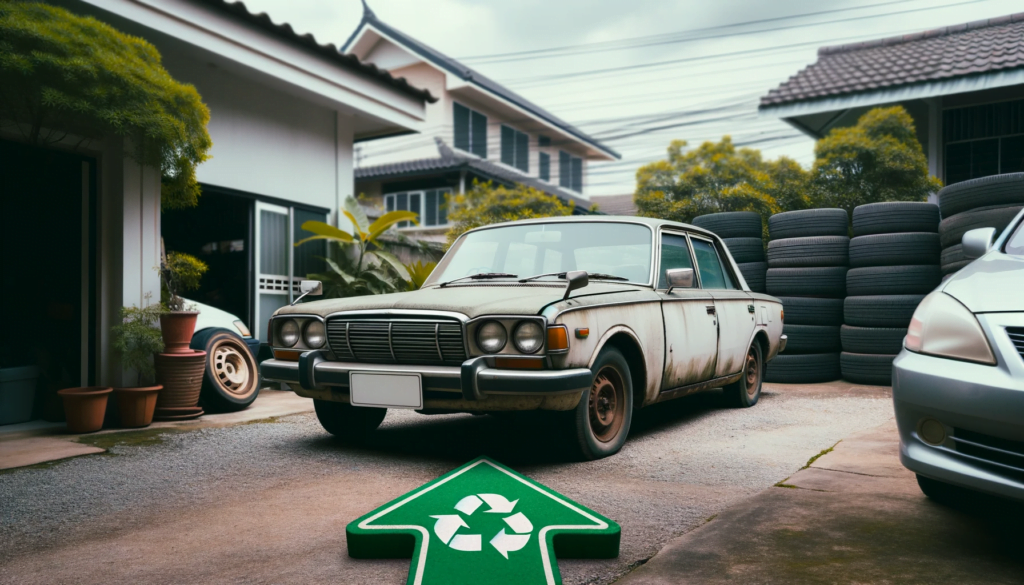- Introduction
- Brief overview of the car scrapping journey.
- Importance of understanding the process for car owners.
- Initial Assessment
- The first step after handing over the car.
- Determining the car’s condition and potential value.
- Deciding on parts that can be salvaged or recycled.
- Dismantling the Vehicle
- The process of breaking down the car.
- Separating valuable parts for resale.
- Safe removal of hazardous materials and fluids.
- Recycling Processes
- How different car parts are recycled.
- Metals, plastics, and rubber: their recycling journey.
- The role of technology in modern recycling.
- Environmental Benefits
- The positive impact of responsible car scrapping.
- Reduction in waste and pollution.
- Contribution to a circular economy.
- Choosing the Right Facility
- The importance of selecting an authorised scrapping facility.
- How it ensures a proper journey for the scrap car.
- Benefits for the car owner and the environment.
- Conclusion
- Recap of the car’s journey from driveway to recycling.
- Encouraging responsible scrapping for a greener future.
Introduction
Every car reaches the end of its life cycle. But what happens after you decide to part with your trusty vehicle? The journey of a scrap car is both fascinating and essential for our environment. This article sheds light on the path a car takes from your driveway to becoming a recycled product.
Initial Assessment
Once you decide to scrap your car, the first step is the initial assessment. This involves determining the vehicle’s overall condition and its potential value. Specialists will inspect the car to decide which parts can be salvaged, reused, or recycled. This stage sets the tone for the subsequent processes.
Dismantling the Vehicle
The dismantling phase is where the car is methodically broken down. Valuable parts, such as the engine, transmission, or even electronics, might be salvaged for resale. Simultaneously, hazardous materials like oils, coolants, and batteries are safely removed, ensuring they don’t harm the environment.
Recycling Processes
After dismantling, the car’s remains undergo various recycling processes. Metals are melted down and repurposed. Plastics are processed and turned into a myriad of products. Even rubber from tyres can be recycled and used in various applications. Modern technology plays a pivotal role, ensuring that the maximum amount of materials are recycled efficiently.
Environmental Benefits
The responsible scrapping and recycling of cars have numerous environmental benefits. It significantly reduces waste, ensuring that most of the car’s materials are reused or repurposed. This process also curtails the need for new raw materials, leading to a reduction in energy consumption and pollution. In essence, it supports the vision of a circular economy where products are recycled, reused, and reduced.
Choosing the Right Facility
For a car to undergo this journey responsibly, it’s crucial to choose the right scrapping facility. An authorised facility ensures that the vehicle is scrapped following all environmental and safety regulations. As a car owner, this not only gives you peace of mind but also ensures you’re playing a part in protecting the environment.
Conclusion
The journey of a scrap car is a testament to our evolving understanding of sustainability and environmental responsibility. From the driveway to recycling, every stage ensures that we make the most of the materials and reduce our environmental footprint. As car owners, understanding this journey underscores the importance of responsible scrapping and its role in paving the way for a greener future.
